.
Animal Dads Across the Globe
By Ashley Junger, Earthwatch Multimedia Intern
.
Whether it’s feeding hungry mouths, chasing after curious wanderers, or showing the ropes, wildlife parents have a lot on their plate. Around the world, whether they’re human or animal—parents work hard to provide for their kids.
To celebrate Father’s Day, we here at Earthwatch want to highlight some of the animal kingdom’s hardest working dads. Beyond just dealing with the regular difficulties of fatherhood, these dads also have to battle habitat loss, pollution, fewer food sources, and climate change.
But these species aren’t totally on their own. Earthwatch has volunteers stationed all over the globe to help scientists study and conserve these environments. If you want to help out these dads (and moms!) too, join an Earthwatch expedition!
.
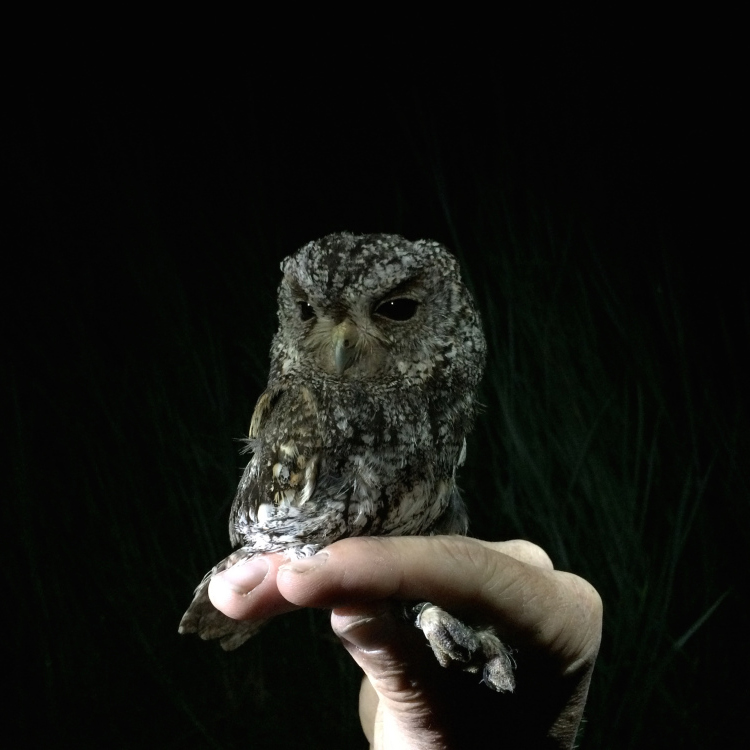
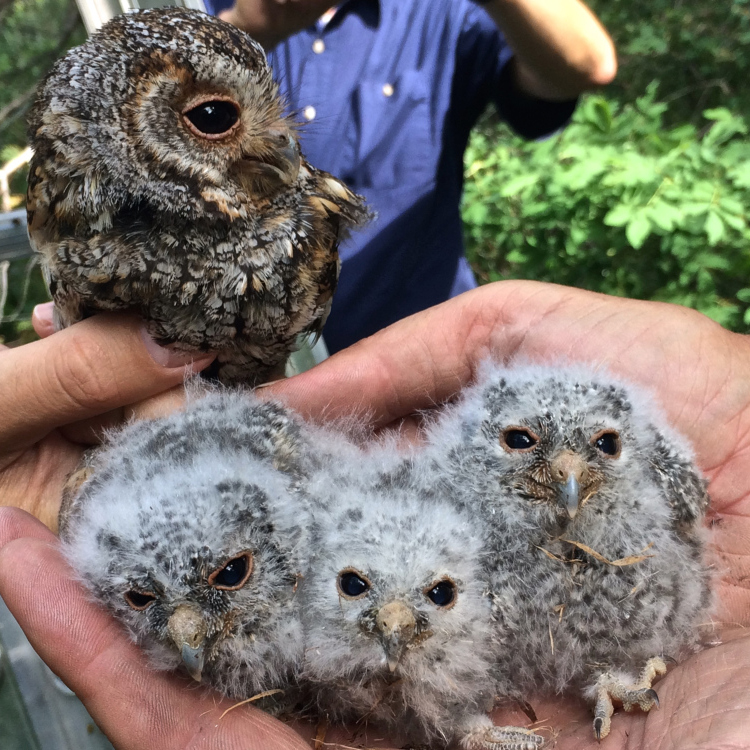
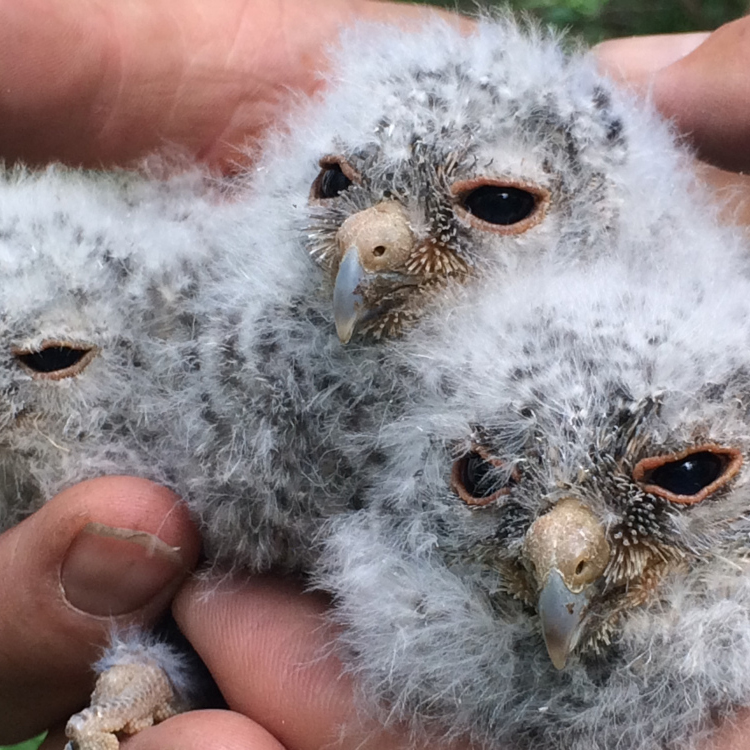
.
1. Flammulated Owls
These tiny dads are hardly bigger than your hand, but they work hard to provide for their family. Throughout the western U.S., flammulated and other small forest owls can be found in quiet mountainous forests. While the mom Flammulated owl ensures everything is safe and cozy in the nest, dad ventures out into the night to bring home the bacon—err bugs. He’s the sole provider until the eggs hatch, then he and mom will take turns hunting and babysitting. These owl dads work hard to provide for and protect their fluffy offspring until they’re ready to leave the nest—sometimes even mentoring them for weeks after—but this tough job is getting even harder.
Scientists predict that aspen forests may disappear in many areas this century, eliminating the tree cavities flammulated owls, and many other species of small forest owls, depend on. Additionally, climate change is poised to disturb the food sources for these owls, making it harder for them to support their little families. Earthwatch, partnered with HawkWatch International, is working to build up the limited information currently known about Flammulated owls, and many other owl species, like the Whiskered Screech-owl, Western Screech-owl, and the Northern Saw-whet owl, while monitoring the changes in their critical habitats on the expedition Following Forest Owls in the Western U.S.
.
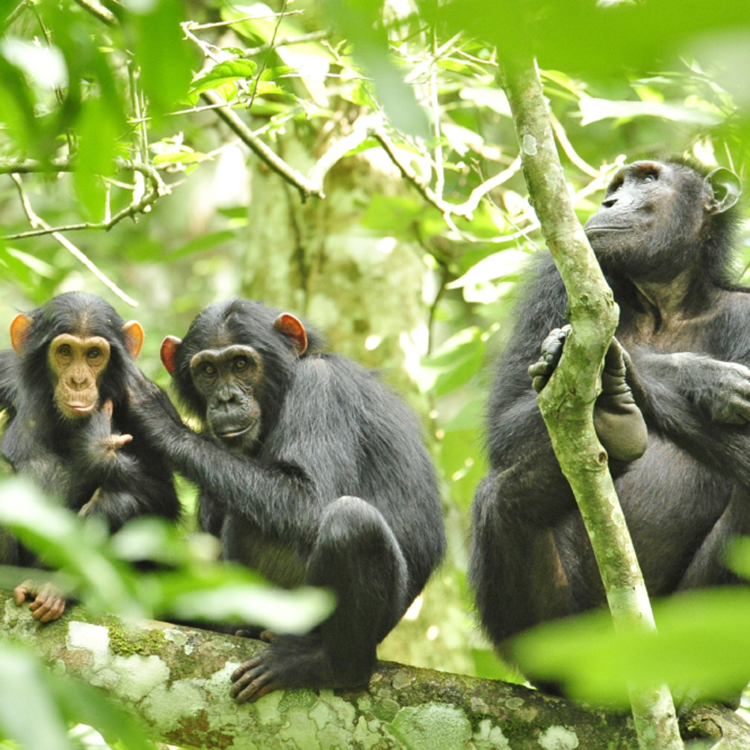
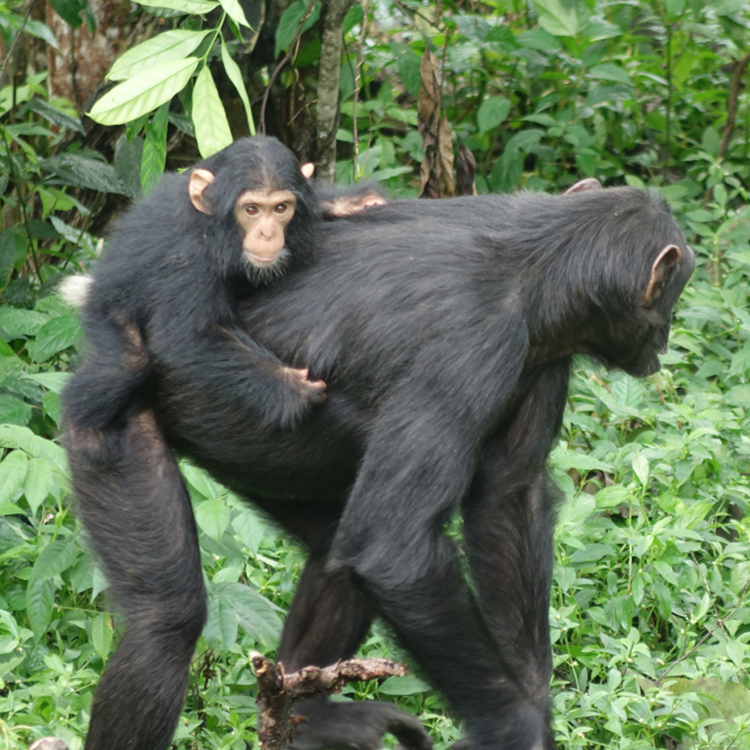

.
2. Chimpanzees
For a long time, chimpanzees were thought to be absentee fathers, but recent studies have shown that chimpanzee dads are actually very interested in their kids. Mom takes care of most of the parental duties, but these dads aren’t just monkeying around (chimpanzees are apes, but bear with me). While chimpanzees are a promiscuous species, these dads still invest time and care into their kids. These dads hang out with the mother of their kids, and spend time grooming and caring for their offspring. They make sure to watch out for their babies, but human encroachment and climate change are threatening their way of life.
Many essential habitats of chimpanzees across Africa are being intruded on by human development, limiting the areas that chimpanzees can safely forage and care for their young. Along with limited space, chimpanzees face limitations in how much food forests are producing. In the Budongo Forest Reserve in Western Uganda, the largest area of tropical rainforest that persists in East Africa, fruit production is declining, putting chimpanzees and humans in conflict for resources. Earthwatch volunteers are monitoring this community of chimpanzees, and the forest on which they rely, in the expedition Investigating Threats to Chimps in Uganda.
.

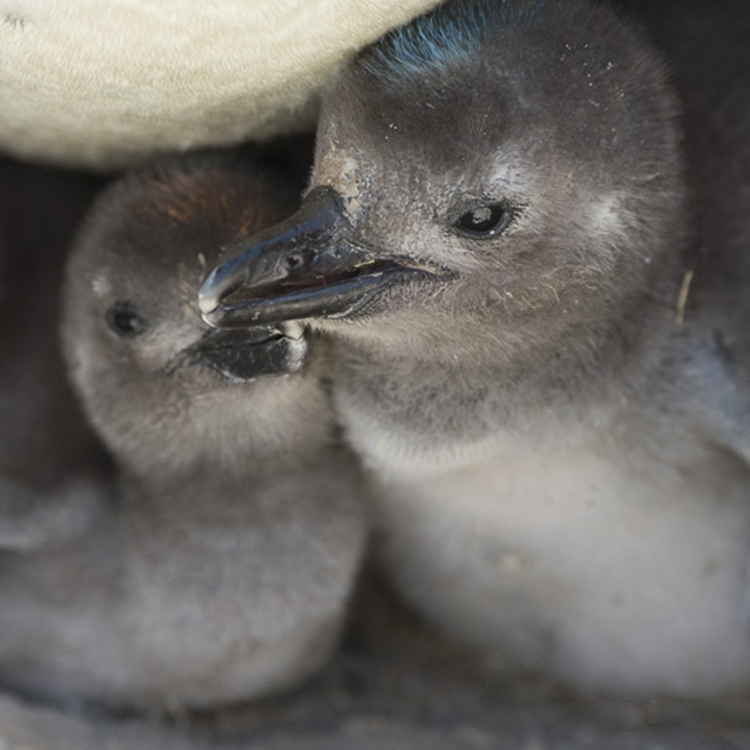

.
3. Magellanic and African Penguins
Penguin parents’ distinctive waddle and dedication have captured the hearts of many animal lovers. The Magellanic and African penguins avoid the harsh cold that is usually associated with penguin habitat, preferring to stick to warm beaches or islands. Magellanic penguins, named for Ferdinand Magellan who first recorded them in 1519, populate the Atlantic and Pacific shores of South America. African penguins, as their name suggests, stick to the beaches of South Africa and Namibia. These penguin dads, like many of their cousins, team up with their mates to raise a pair of eggs. Through the 40-day incubation period, these feathered fathers alternate with their mate between brooding the eggs and hunting in the ocean – traveling incredible distances, sometimes over 300 miles.
Penguin parenting is already hardcore, but commercial fishing and pollution are making the job even more challenging. Penguins have to compete with fisheries for food, and much of the food and habitat they can find has been contaminated with oil, lead, or pesticides. These threats make it even more difficult to be a good penguin dad, but Earthwatch volunteers are trying to change the tide. Volunteers in Patagonia are recording the locations and behaviors of these seabirds during their foraging trips to aid in establishing regulations protecting these dads and their marine habitats on the expedition Trailing Penguins in Patagonia. Across the Atlantic, volunteers in South Africa are monitoring nesting sites on Robben Island to determine how prey availability and long-term climate change affect penguins’ ability to breed on the expedition South African Penguins.
.
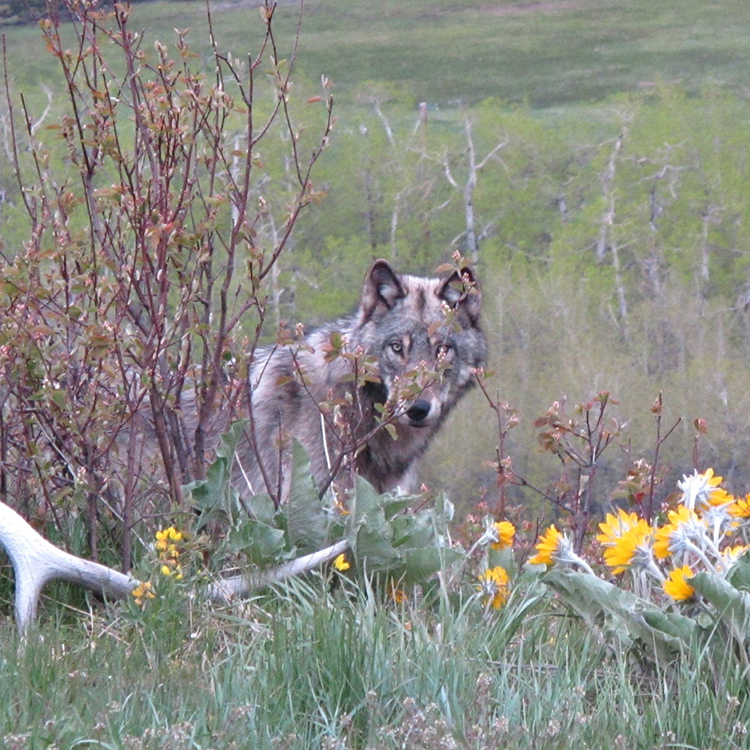

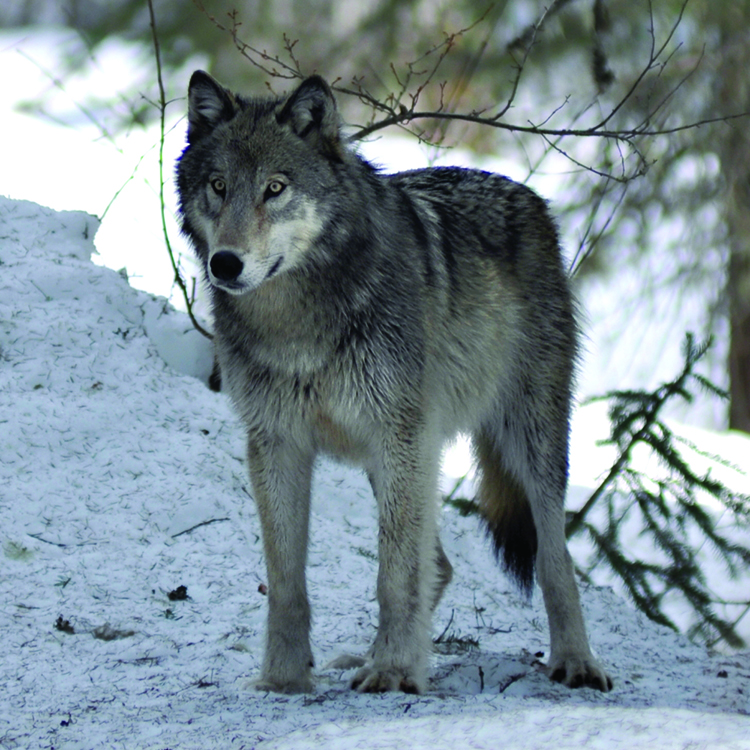
.
4. Gray Wolves
Male wolves have a reputation for being loners, but in reality, these guys are definitely family men. Wolf packs are strikingly similar to a nuclear family with a mom, dad, kids, and some ‘aunts’ and ‘uncles.’ Each spring, when mom hunkers down in a den to have her puppies, dad stands guard. He keeps the den protected, and, along with the rest of the pack, hunts for elk, deer, moose, or bison to feed mom and babies. As the pups become more independent, dad takes on the role of teacher and mentor, helping them learn to be full-fledged wolves.
While wolves are a popular species, they’ve largely been chased out of their habitats. In the 1920s, wolves had all but been eliminated from North America; however, environmental laws in the 1970s helped to preserve this species and allowed them to re-expand into some of their old territories. Researchers are investigating how several forces of nature, including wolves and fire, are affecting biodiversity and ecosystem functions in Western Lakes National Park in Alberta, Canada. These researchers, working in partnership with the Blackfoot First Nation, are collecting data to understand exactly how these complex interactions between apex forces of nature and the rest of the food chain interact on the expedition Restoring Fire, Wolves, and Bison to the Canadian Rockies.
.
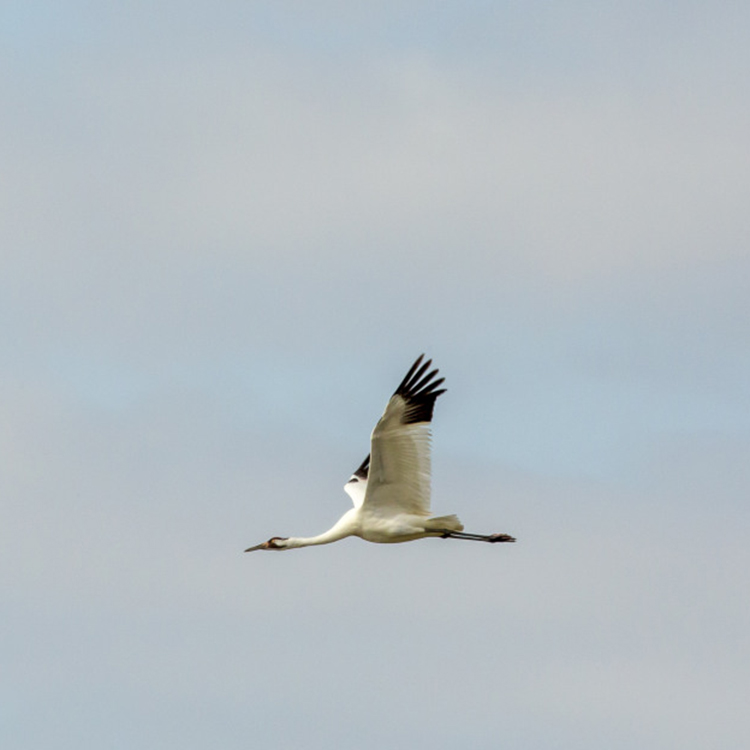
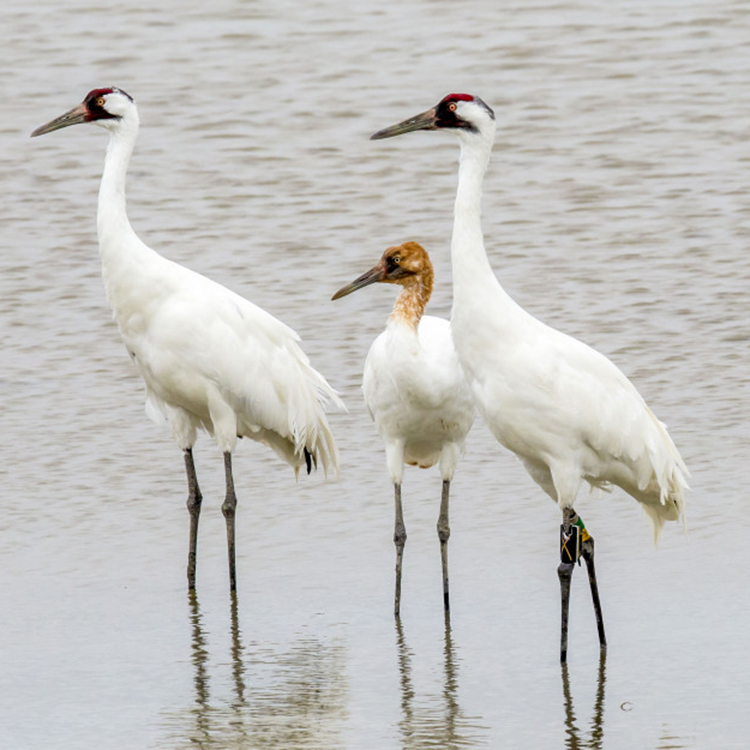
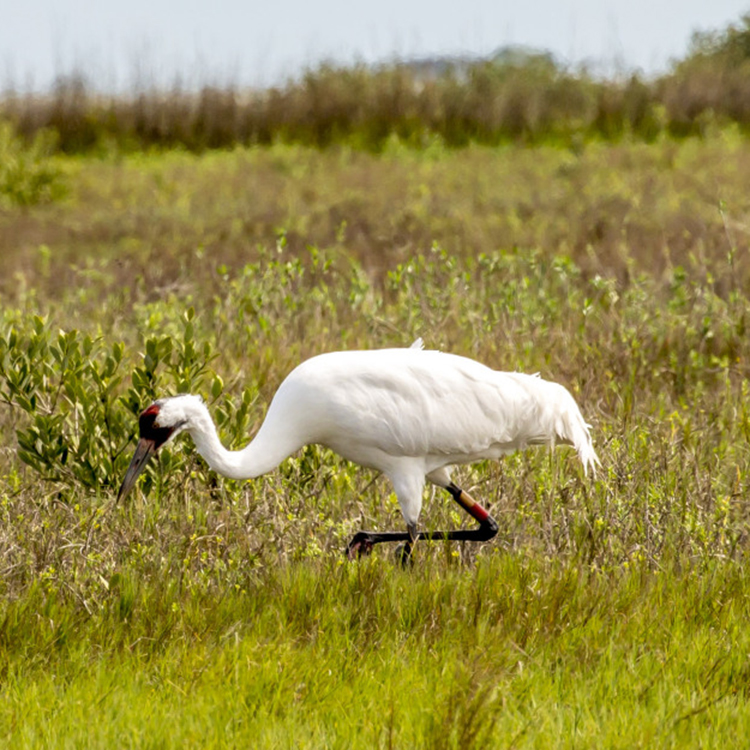
.
5. Whooping Cranes
Our last dad is the Whooping Crane. These tall dads pick a partner for life and travel back and forth between the Gulf Coast of Texas and Alberta, Canada, each year accompanied by mom and their baby. During the spring in Alberta, the dads and moms make a nest by piling up vegetation in the middle of a shallow wetland, then stomp the vegetation down. The pair takes turns incubating the clutch, but crane dads take the lead on defending their breeding territory, flapping and hissing at intruders. After a month, the eggs hatch and the babies begin swimming and walking in just a few hours. The hatchlings stick with their parents for about a year, migrating with them to Texas before finding their own mate.
While these birds are hard to miss at nearly five feet tall and weighing over 200 pounds, they are rare. The current whooping crane population is just 400 individuals, a small fraction of the 20,000 cranes that used to exist in North America at the height of their population. One of the major factors that will affect Whooping Cranes as they make a return is the lack of suitable habitat. Their coastal landscape is being encroached upon by development, bringing along pollution and a reduction in food resources. At the same time, climate change is wreaking havoc on these areas. Earthwatch volunteers are helping to collect data on the saltmarsh ecosystems these birds rely on, as well as studying how environmental changes are affecting this endangered species on the expedition Protecting Whooping Cranes and Coastal Habitats in Texas.
.
Sign up for the Earthwatch Newsletter
Be the first to know about new expeditions, stories from the field, and exciting Earthwatch news.